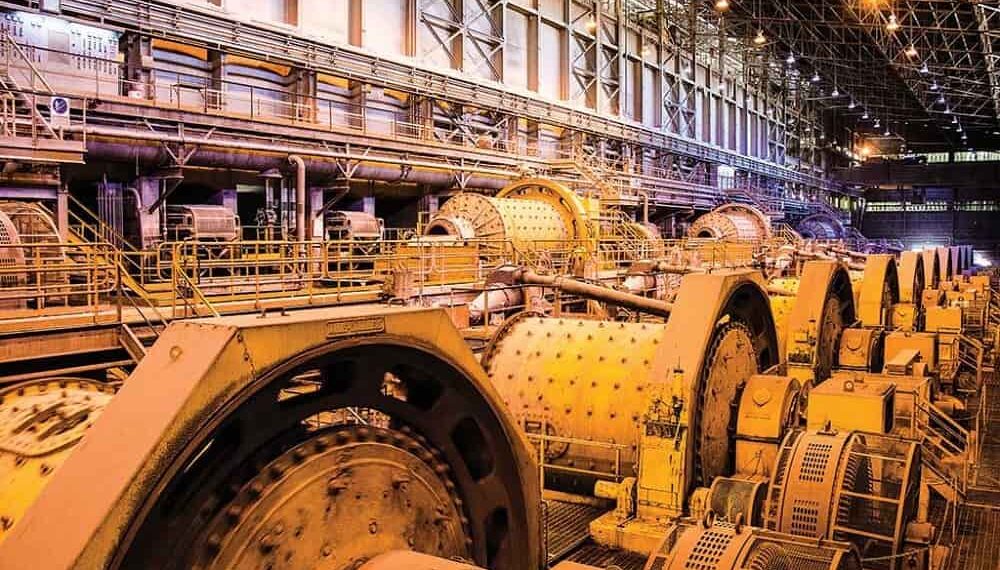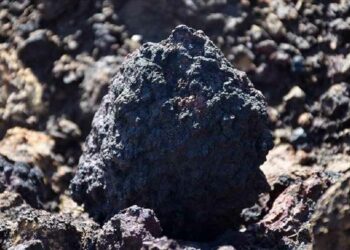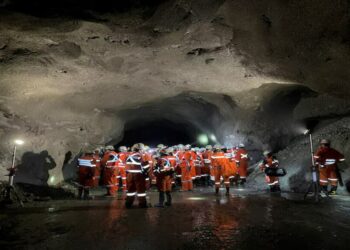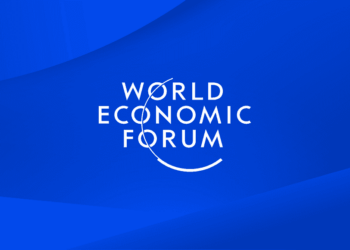Copper has been one of the most volatile commodities in recent months. Prices have swung back and forth as investors try to figure out where the market is headed. But despite all of the volatility, one thing seems to be certain: demand for copper imports in China is beginning to rebound. This could be good news for copper mining companies, as it indicates that there may be further investment in the sector.
China’s economic recovery gained momentum in July as business activities resumed and confidence improved, despite disruptions from sporadic Covid-19 outbreaks across the country. Lockdowns created a difficult environment for analysts to predict how demand would develop. However, it now seems that those predictions were overly pessimistic. While other commodities like oil and natural gas have yet to see a rebound in demand, copper has already begun to bounce back.
This is likely due to the fact that China is the world’s largest consumer of the metal. As their economy begins to reopen, it is expected that demand will continue to increase. This could be a positive sign for the copper market, as well as for the mining companies that produce it.
While it is still too early to say for certain, it seems that China’s demand for copper may help to spur a recovery in the commodity markets. That recovery could play out on the other side of the world in Latin America, where copper-rich countries like Chile and Ecuador will play an important role in supplying that demand. Junior mining companies often present ground-floor opportunities to invest in high-grade projects in the exploration phase that have the potential to be part of the solution to forthcoming supply deficits. A project like the Warintza project in southeastern Ecuador, which just announced a high-grade world-class resource of 1.5Bt copper, is an example of a top-ranked undeveloped copper project in the hands of a junior.
The Warintza project is being developed by Solaris Resources (TSX:SLS) (OTCQB: SLSSF), a junior copper exploration company managed by the Augusta Group which has an unrivalled track record of value creation totalling over $4.5B in exit transactions since 2011. The Warintza project is by far their best asset and in the most strategic metal essential to all energy transition plans including electric vehicles (EVs), power infrastructure, and renewable generation.
In addition, Ecuador is seen as a favourable jurisdiction for mining companies looking for investment stability and has taken consequential action to accelerate the development of the formal mining sector. Solaris Resource recently announced an Investment Protection Agreement with the government of Ecuador providing stable mining regulations, security of title and investment, as well as significant new tax incentives to accelerate the development of its Warintza Project.
In Chile, proposed increases on mining taxes and royalties have been a source of contention in recent months. However, it now seems that those increases will not go into effect immediately. This provides some stability for companies like BHP Billiton, the world’s largest mining company, which has significant operations in Chile.
Investors will be looking for the most stable political and economical environments in which to position their capital. Right now, projects like Warintza which have Investment Protection Agreements in place providing fiscal and regulatory stability will take priority for investors.
Beyond the general uncertainty in the markets right now, mining companies in Latin America have to contend with governments that are increasingly hostile to their operations. In Chile, the new government has proposed a number of changes that could make it difficult for mining companies to operate there.
On the other side of the trade, China will be a major driver of demand, especially for the copper market. Copper is needed for a variety of industrial applications, and as China’s economy continues to grow, so too will its demand for the metal. This provides a major opportunity for companies that are able to meet that demand.
It is also necessary for the electric vehicle market, which is another area where China is leading the way. They are aiming to have tens of millions of electric vehicles on the road by 2025, and that number is only going to grow in the coming years.
For now, investors have not yet settled on a clear direction for markets. Commodities have been trading sideways in many cases after taking steep losses. The one exception to this is copper, which has seen modest upticks in demand and price gains recently that could snowball into an ongoing recovery in the coming quarters.
Irrespective of near-dated fundamental trends, copper possesses a clear structural bull story, defined by peak mine supply in 2024, and sequential record-sized copper deficits starting from 2025, all from a starting point of near record low inventories.
One thing remains certain, the chronic gap between worldwide copper supply and demand is projected to take off in the middle of this decade and unless massive new supply comes online (ie, new mines discovered) this will have serious consequences across the global economy and will affect the timing of Net-Zero Emissions targets.










